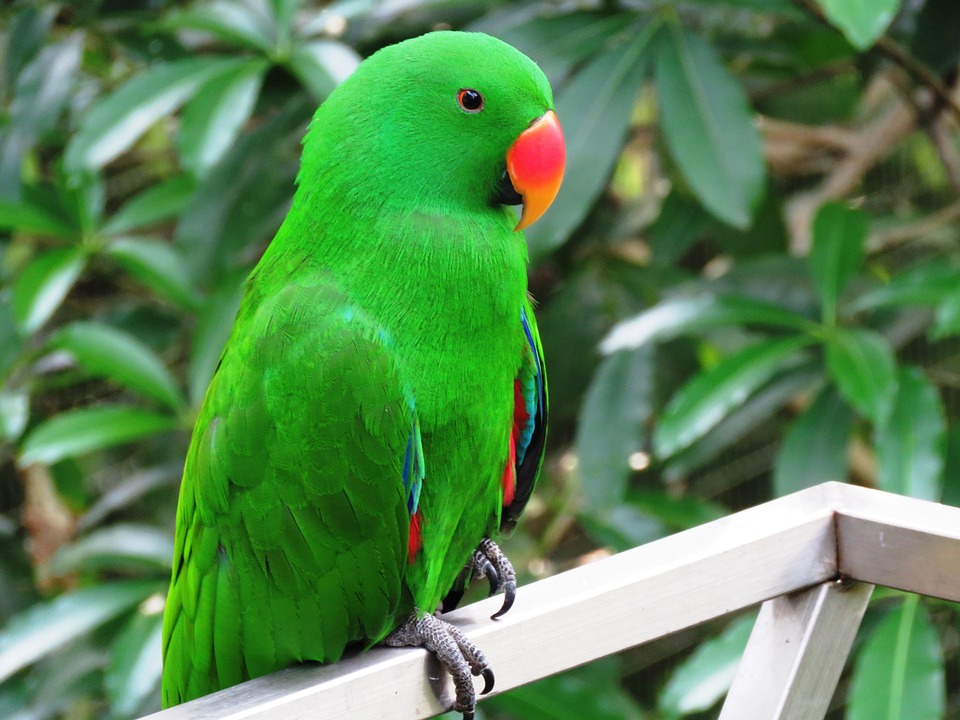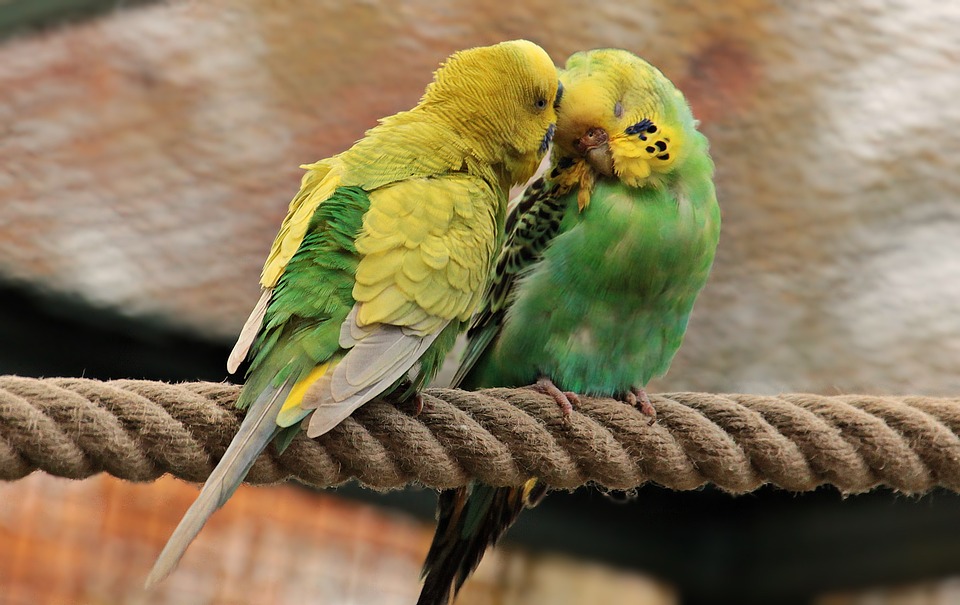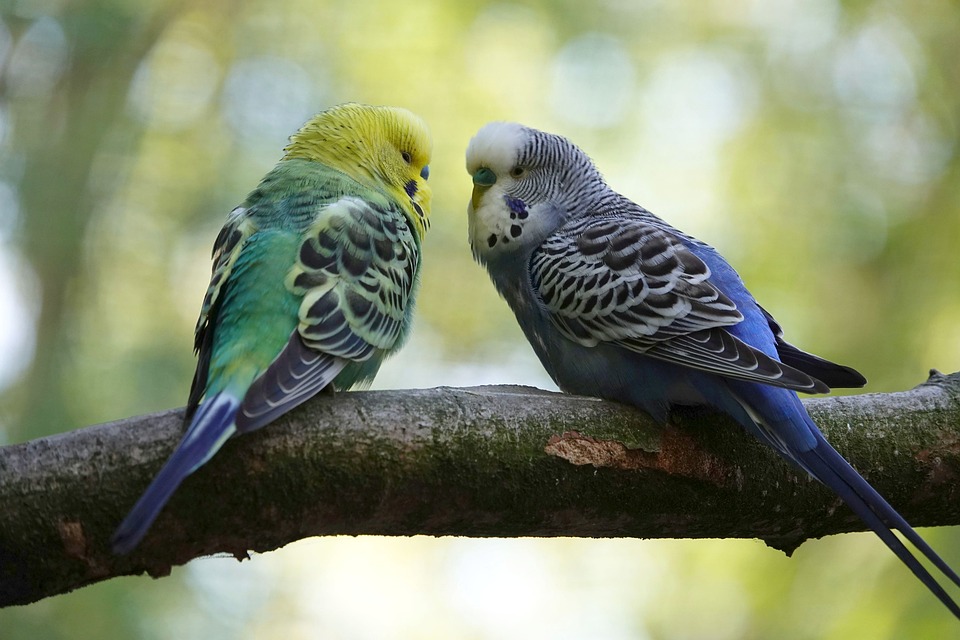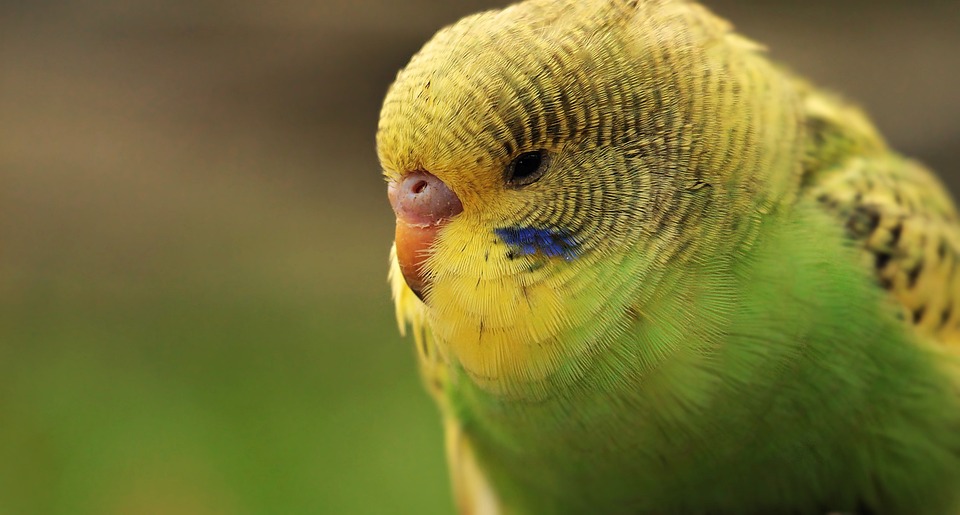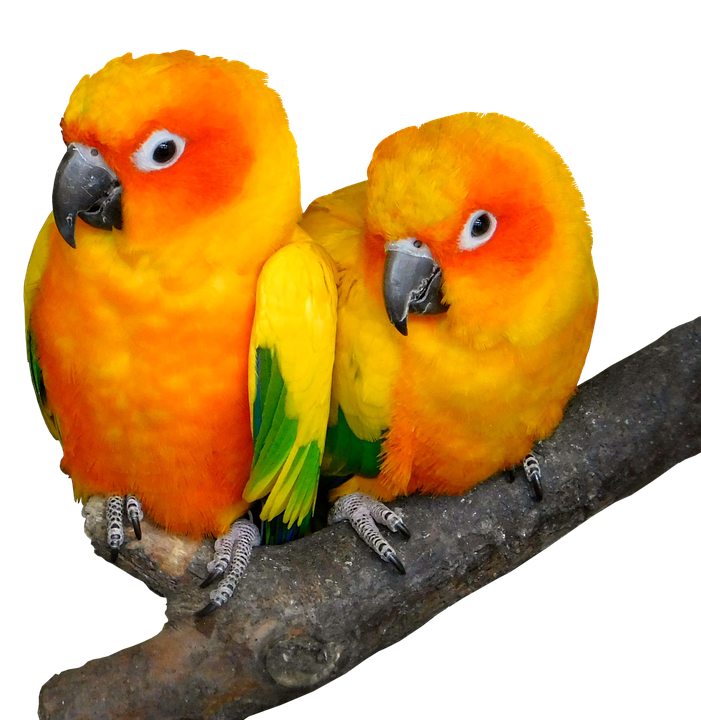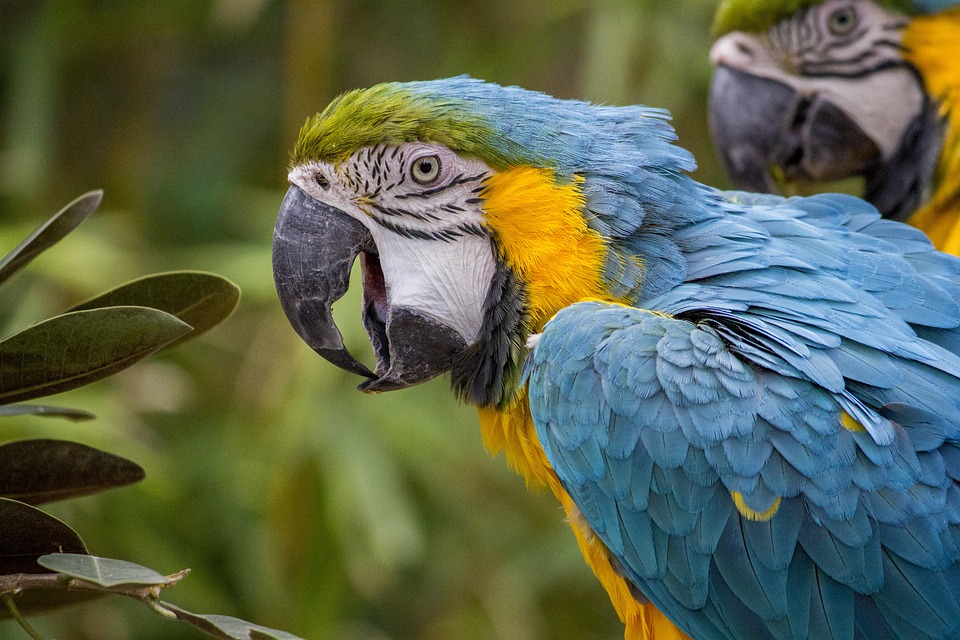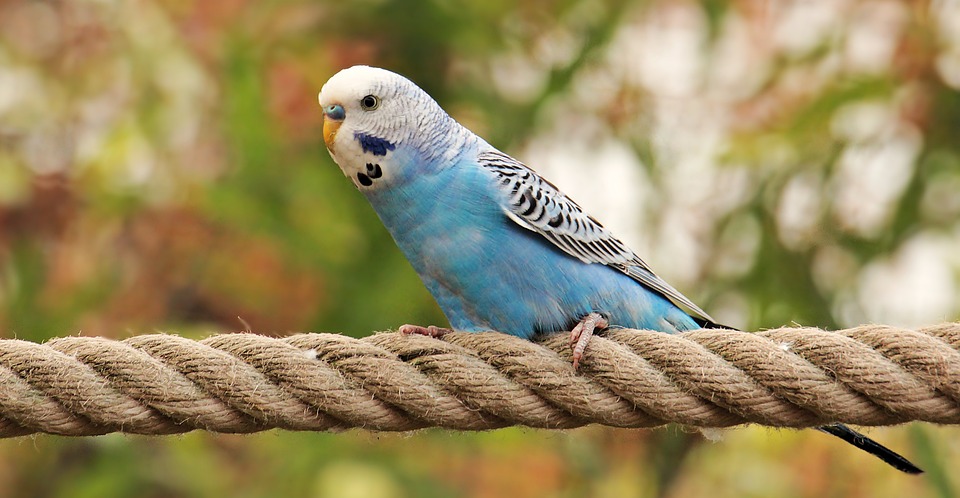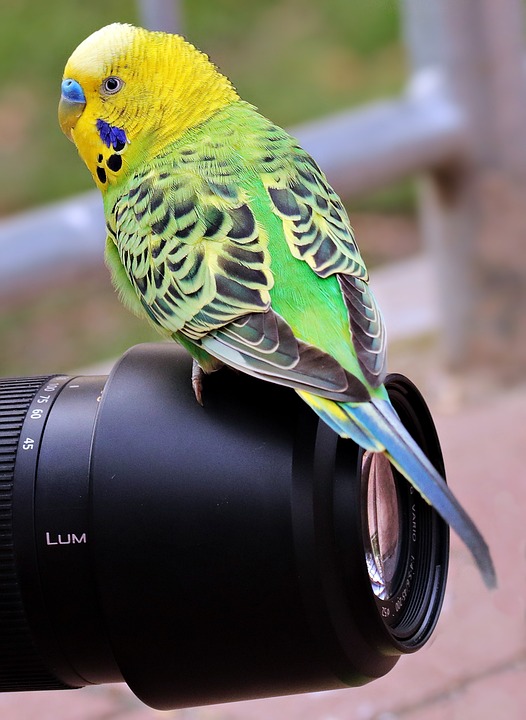Parrots are known for their curious and intelligent nature, making toy exploration an essential part of their daily routine. Providing a stimulating environment with a variety of textures and toys is crucial for their mental and physical well-being. In this article, we will discuss effective ways to encourage parrots to explore new toy textures, keeping them engaged and entertained.
Understanding the Importance of Toy Exploration for Parrots
Toy exploration is crucial for parrots for several reasons. Firstly, it helps to prevent boredom and provides mental stimulation. Parrots are highly intelligent creatures that require mental challenges to stay happy and healthy. Exploring new toy textures keeps their minds active and prevents them from becoming bored or frustrated.
Secondly, toy exploration is beneficial for a parrot’s physical health. Parrots love to manipulate and interact with toys, which helps to exercise their beaks, feet, and wings. It promotes physical dexterity and coordination, keeping them physically fit and active.
Choosing the Right Toys for Your Parrot
When choosing toys for your parrot, it’s important to understand their preferences. Every parrot has unique likes and dislikes, so observe your bird’s behavior and see what types of toys they enjoy the most. Some parrots may prefer toys with bells and mirrors, while others may enjoy shredding and chewing toys.
Safety is another crucial factor when selecting toys for your parrot. Ensure that the toys are made from safe and non-toxic materials. Avoid toys with small parts that could be swallowed or cause injury. Natural materials like untreated wood and vegetable-based dyes are generally safe choices for parrot toys.
Variety in toy textures and shapes is also important. Parrots love to explore different textures, so provide a mix of soft, hard, rough, and smooth toys. This variety stimulates their senses and keeps them engaged.
Introducing New Toys to Your Parrot
When introducing new toys to your parrot, take a gradual approach. Place the toy near their cage or play area, allowing them to get familiar with it from a distance. You can even hang the toy outside the cage, enticing your parrot to investigate it.
Experiment with different heights and locations for the toys. Parrots enjoy climbing and exploring, so place toys at various levels to encourage them to move around and interact with different textures.
Rotating toys is also important to maintain your parrot’s interest. Once they become familiar with a toy, replace it with a new one. This keeps their environment dynamic and prevents them from getting bored.
Encouraging Toy Exploration
To encourage your parrot to explore new toy textures, demonstrate toy interaction yourself. Show them how to play with the toy and make it seem interesting and enjoyable. Parrots are social creatures and often imitate their owners’ actions.
Positive reinforcement techniques can also be effective. Reward your parrot with treats or praise when they interact with a new toy. This establishes a positive association with the toy and encourages them to explore further.
Incorporating foraging toys and puzzles is another great way to encourage toy exploration. Parrots are natural foragers, and providing toys that require problem-solving or searching for treats taps into their instinctual behaviors. This not only keeps them entertained but also provides mental stimulation.
FAQs about Parrot Toy Exploration
Q: How often should I introduce new toys to my parrot?
A: It is recommended to introduce new toys every few weeks to prevent boredom and maintain your parrot’s interest.
Q: My parrot seems afraid of certain toy textures. What should I do?
A: Start with toys that have textures similar to the ones your parrot is comfortable with, then gradually introduce new textures to help them overcome fear.
Q: Are there any toy materials I should avoid?
A: Yes, avoid toys made of toxic materials such as lead or zinc. Also, be cautious of small parts that could be swallowed or cause injury.
Q: My parrot seems uninterested in toys. What can I do to engage them?
A: Try different types of toys, including foraging toys or interactive puzzles. Experiment with textures, colors, and shapes to find what captures your parrot’s attention.
Q: Can toy exploration help prevent behavioral issues in parrots?
A: Absolutely! Toy exploration keeps parrots mentally stimulated, reducing the likelihood of behavioral problems such as feather plucking or excessive screaming.
Q: How do I know if a toy is too challenging for my parrot?
A: Monitor your parrot’s behavior when interacting with a new toy. If they seem frustrated or show signs of stress, it may be too challenging. Gradually increase the difficulty level as your parrot becomes more experienced.
Conclusion
By understanding the importance of toy exploration for parrots and following the tips mentioned above, you can create an engaging and enriching environment for your feathered companion. Remember to choose safe and varied toy textures, introduce new toys gradually, and encourage exploration through positive reinforcement. Happy toy hunting!

